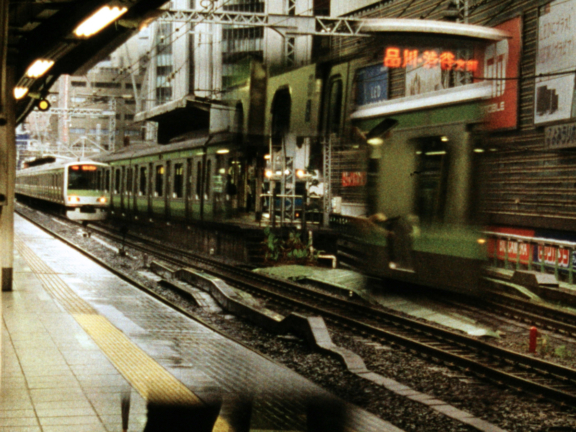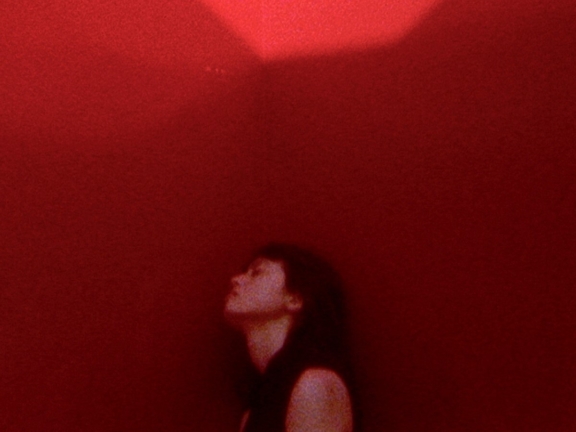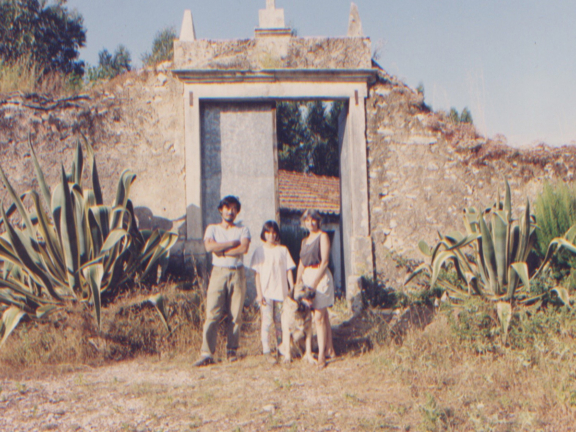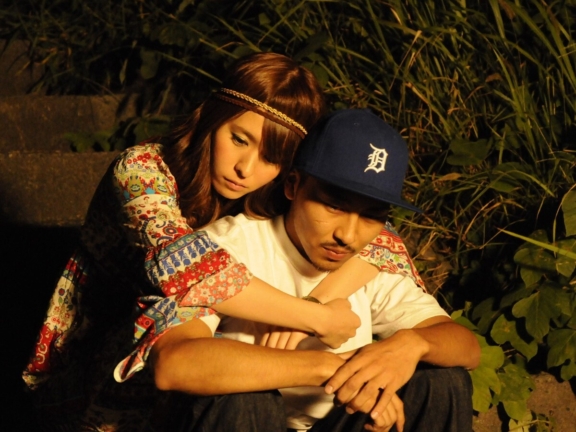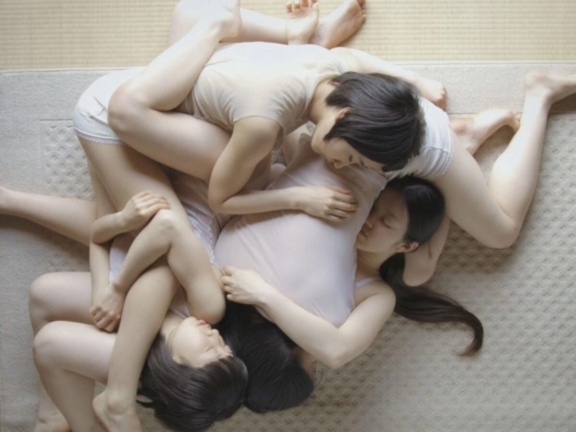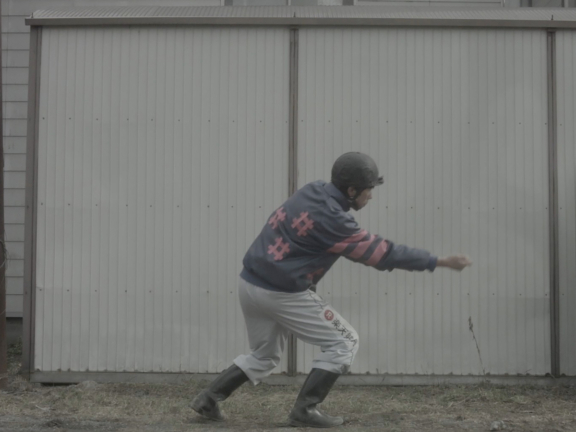
On (im)possible futures
Films by Maiko Endo, Shigeo Arikawa, Rei Hayama, Yoriko Mizushiri and Koi Tanaka
Event Slider
Date
- / Cancelled / Sold out
Location
Studio Centro de Arte Moderna GulbenkianPricing
10% – Cartão Gulbenkian
This programme brings together works that speculate on what may lie ahead and what skills and tools we should retain –from collectivity to imagination– for the times ahead.
Offering a glimpse into the exhilarating world of Japanese artists’ moving image, ‘Engawa Films’ seeks to stake a place for its existence in Japanese contemporary art and cinema.
Duration: 90 min.
'Jizai', by Maiko Endo
2024
Japão, 15’
In Japanese and French with Portuguese subtitles
Working with a robot integrated with him, a boy tries to make a new body part to expand the limits of human abilities. The boy is communicating to two other kids simultaneously via the specially made glasses. Their visions reflect the real world and also the cyber world. Everything seems like connected each other, but…
Credits
Writer, Editor, Producer and Director
Maiko Endo
Cast
Yotaro Endo
Maya Schmidt
Tenma Hayakawa
Director of Photography
Naoki Noda
Set Designer
TakayukI Mitsuizumi
Natsuki Fujioka
Lighting Director
Yuki Maeshima
Production Sound Mixer
Mikisuke Shimadzul
Still Photographer
Nojyo
Sound Designer
Nicolas Becker
Re-recording Mixer
Naoko Asari
Music and Sound Effects
Takashi Hattori
VFX Artist
Hiroaki Hotta
Colorist
Mari Yasuda
Title and Credits Designer
Masaaki Kuroyanagi
Festival Coordinator
Nanako Tsukidate
Publicist
Gloria Zerbinati
Co-producers
Harumi Kusumi
Junki Nakagawa
Naoki Noda
Executive Producers
Masahiko Inami
Tomo Suzuki
Supervisor
Masahiko Inami
Special Cooperation
Shunji Yamanaka
Cooperation
The University of Tokyo
Waseda University
Toyohashi University of Technology
Centre National de la Recherche Scientifique (CNRS-France)
The University of Electro-Communications
Executive Production
JST ERATO
Inami JIZAI-Body Project
Tomo Suzuki Japão
Production
3 Eyes Film a Fool
Associated Producers
Art & Science Communication Lab
Jizaie inc.
Three-Films
'Am I dreaming of others, or are other dreaming of me?', de Shigeo Arikawa
2014, 10’41’’
Japan, Netherlands
No dialogues
A film about "a dream". A dream exists in vague borders between I and others, life and death, the present and the future. A dream metamorphoses these borders into a spiral and leads two things to the gapless continuity – circular movement. This work is the second film of the series called ‘PIXCANNING’. The word ‘PIXCANNING’ is coined from ‘pix(picture/pixel)’ and ‘scanning’. It's a method to scoop up elements that pass through the meshes of recognition when images appear or images are constructed.
'Their Bird', by Rei Hayama
2010 – 2012, 13’08”
Shot in 8mm film
Subtitles in English
Their bird is based on Hayama’s childhood memories of the forests of central Japan, where she often visited during vacations. As an adult, Hayama returned to these forests again with her sister, and together they made this film. One pretending to be a bird and the other became a photographer with 8mm camera for the first time. Hayama unfolds the enigmatic story of a human visiting the forest and striving to become a bird. By the end of the film, however, the two will have to leave the mountain. In the final scene as they descend the mountain, an area inhabited by humans can be seen below.
In Hayama’s early works with film, the film often appears to crawl around the screen as if the film medium itself has a single consciousness, as if searching for where the life of the story lies. This is a transfer of the film itself, the medium of the image, onto film using the photogram technique, which Man Ray and others also used extensively.
'Futon', by Yoriko Mizushiri
Japan, 2012
No dialogues
Wrapped in the futon, memories are coming up to the mind, the future is imagined, senses are recaptured, physical feelings as a woman are deeply ingrained. Everything melts pleasantly all together. In the futon, the body wonders seeking for these sense.
Credits
Director and animation
Yoshiko Mizushiri
Music
"Dark End" (original song from Mari Fukuhara's album "karakuri" rearranged by Seiji Toda)
'A Haircut by 9 Hairdressers at Once (Second Attempt)', by Koki Tanaka
2010
USA, Japan, 28’
In English with Portuguese Subtitles
«Temporarily Collaborating
There is documentation of a number of collaborative projects undertaken at different sites by people from various professions: five pianists attempt to compose a score together while playing the piano all at once; nine hairdressers collaborate on cutting a model’s hair; five potters attempt to make a single pot; five poets try to compose a single poem together.
Why did I choose people who make things to be the participants in these projects? To do something collaboratively is an ethical proposition. Suppressing individual ego, one must try to perform the work in accordance with others. In this process, the participants must temporarily set aside the ideas, approaches, and practices they have cultivated to that point, and figure out how to compromise with others. You could say the collaborative process is one of negotiation and compromise. The microsociety that results from collaboration requires of its participants a certain kind of ethics. Adhering to the form of these ethics may even require one’s own transformation. Such is collaboration: both self and other must change in order to achieve consensus.
Perhaps the reason I wanted the participants to be people who make things is because I thought those with creative practices would be best suited for addressing this ethical form. Each according to their own approaches, the participants all give form to music, hairstyles, clay, and language. The differences in how they handle the materials express the differences between each person. They also begin to reflect differences in ethos. In this way, as they move their hands, the participants give shape to society itself. What is documented here is the process of this kind of social sculpture, and as such it is also a document of the failure of that process. The process of having multiple participants give shape to society necessarily entails failure. We repeat a process of trial and error. This is also a current issue related to how we can continue rethinking democracy.»
Koki Tanaka (March, 2014)
Credits
Director
Koki Tanaka
Participants
Victor A. Camarillo
Kristie Hansen
Nikki Mirsaeid
Olga Mybovalova
Sandra Osorio
Anthony Pullen
Brian Vu
Nicole Korth
Erik Webb
Karen Yee
Location
Zindagi Salon
San Francisco
Curator
Julio Cesar Morales
Commissioned by
Yerba Buena Center for the Arts, San Francisco
Production and photography
Tomo Saito
Engawa – A Season of Contemporary Art from Japan
‘Engawa’ is a programming that brings to Lisbon a set of creators from Japan and the Japanese diaspora, many of them for the first time in Portugal. More info
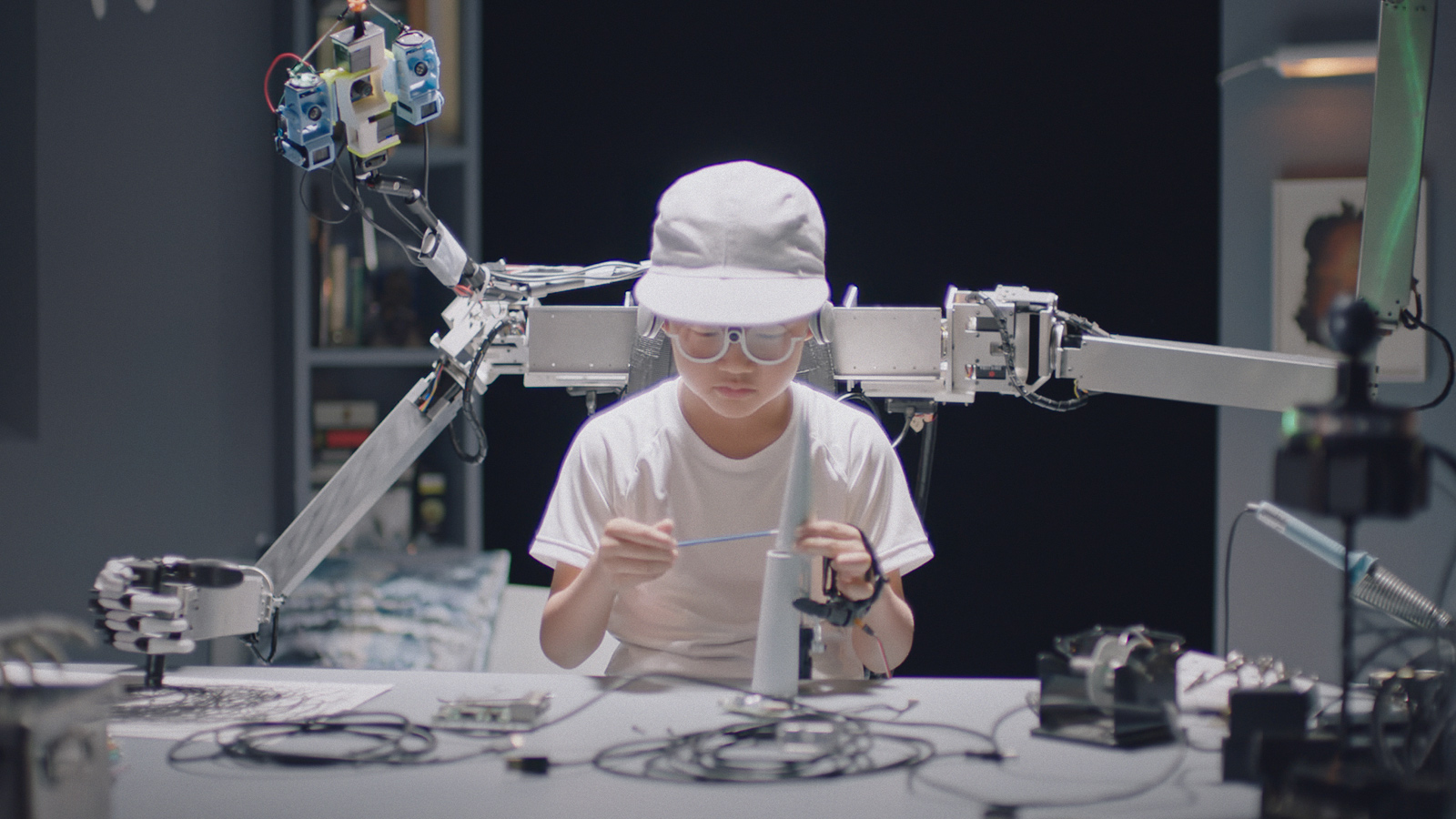
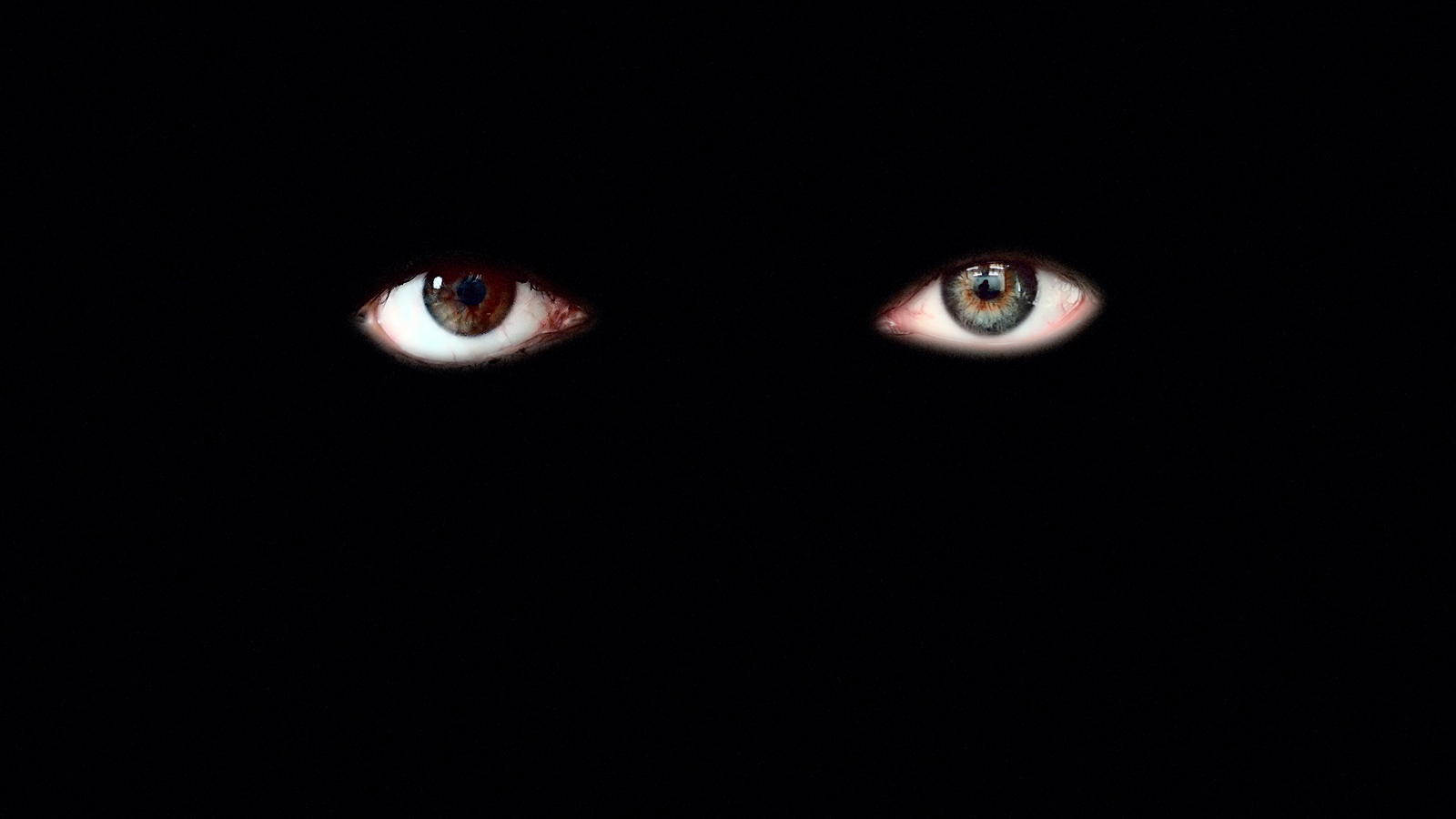
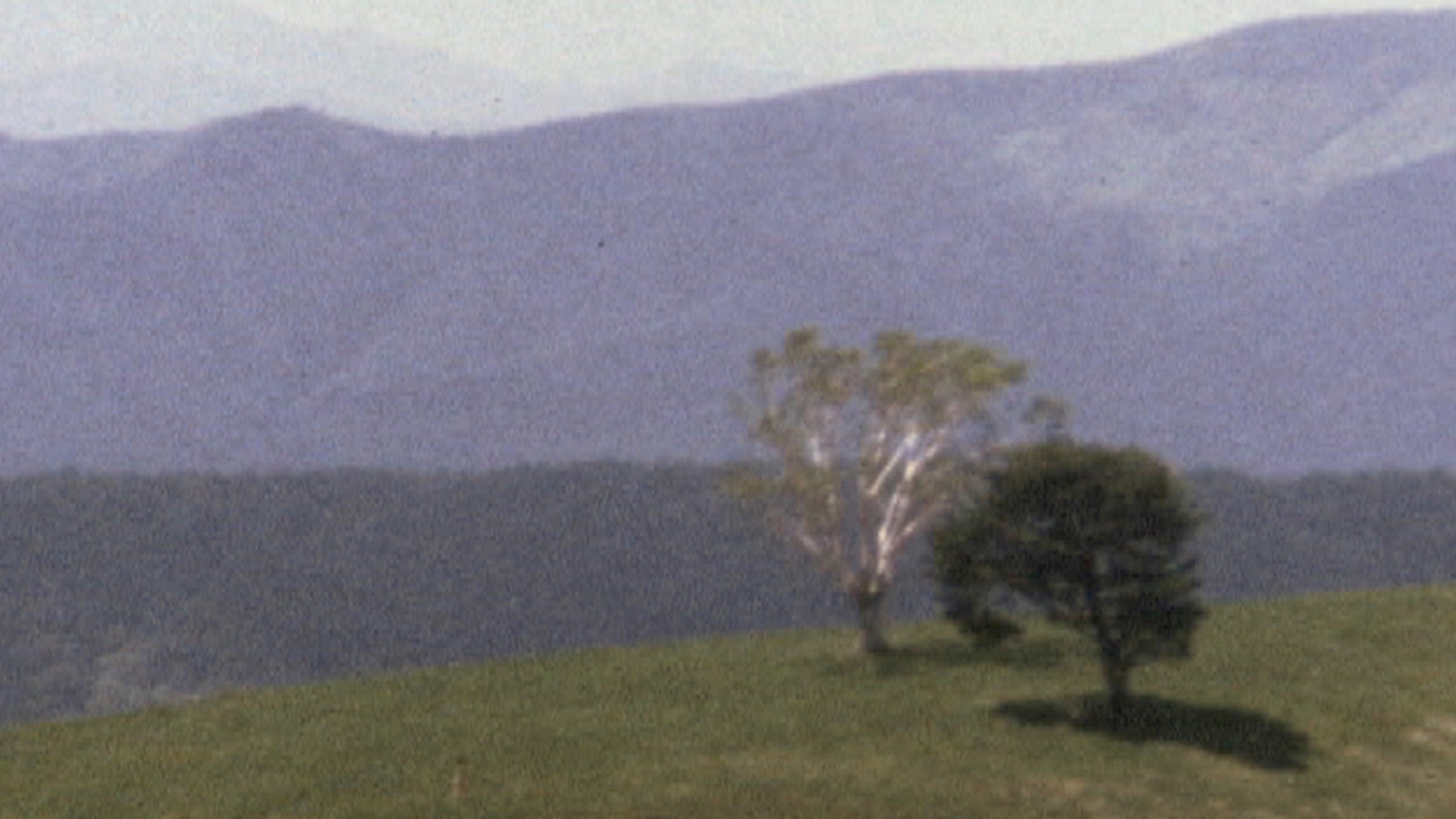
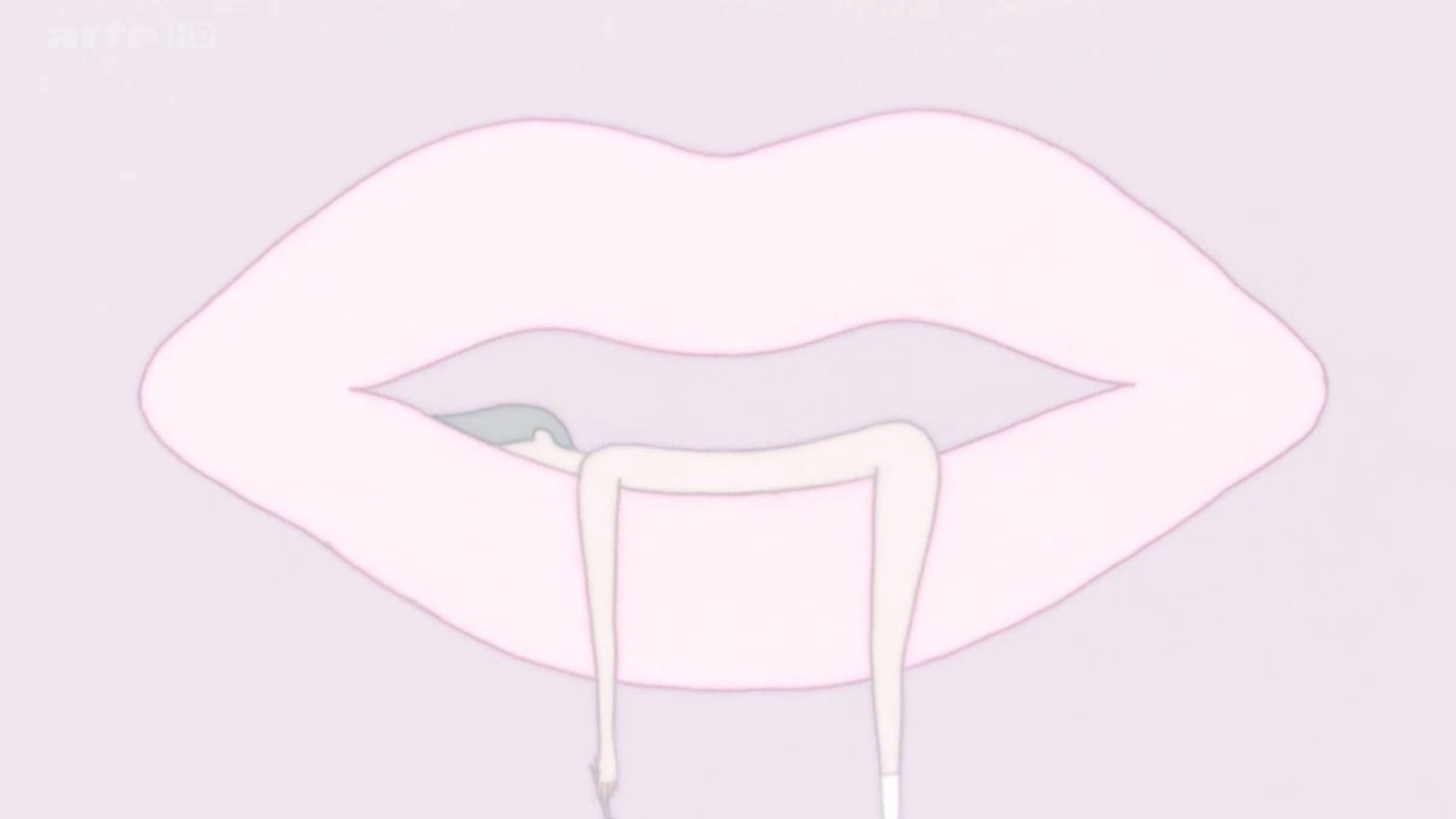

Biographies
-
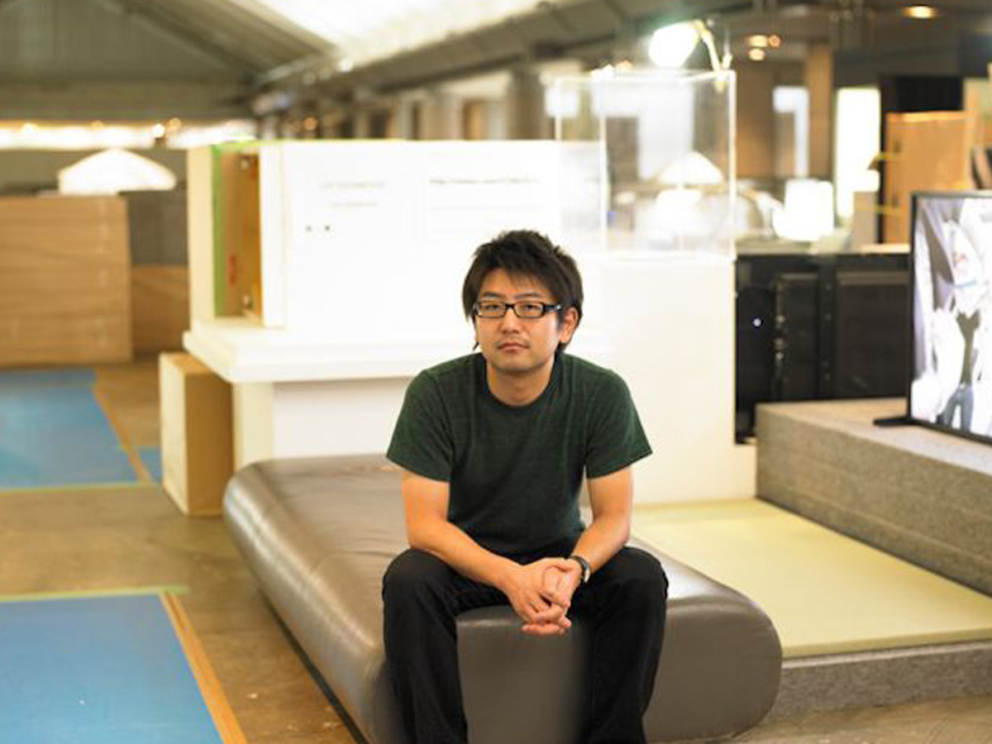
Koki Tanaka
Through multiple ways, including films, and reflective writings, Koki Tanaka engages in artistic practice that rethinks the nature of collaboration and community under the theme of ‘how to live together.’ Recently, his practice has focused on the perspective of care, especially childcare. Tanaka has exhibited extensively, including at the Aichi Triennale 2019, Migros Museum (Zurich), Skulptur Projekte Münster 2017, the 57th Venice Biennale 2017, and the 55th Venice Biennale 2013. He received a special mention for his national participation at the 55th Venice Biennale in 2013 and was Deutsche Bank’s “Artist of the Year” in 2015.
-
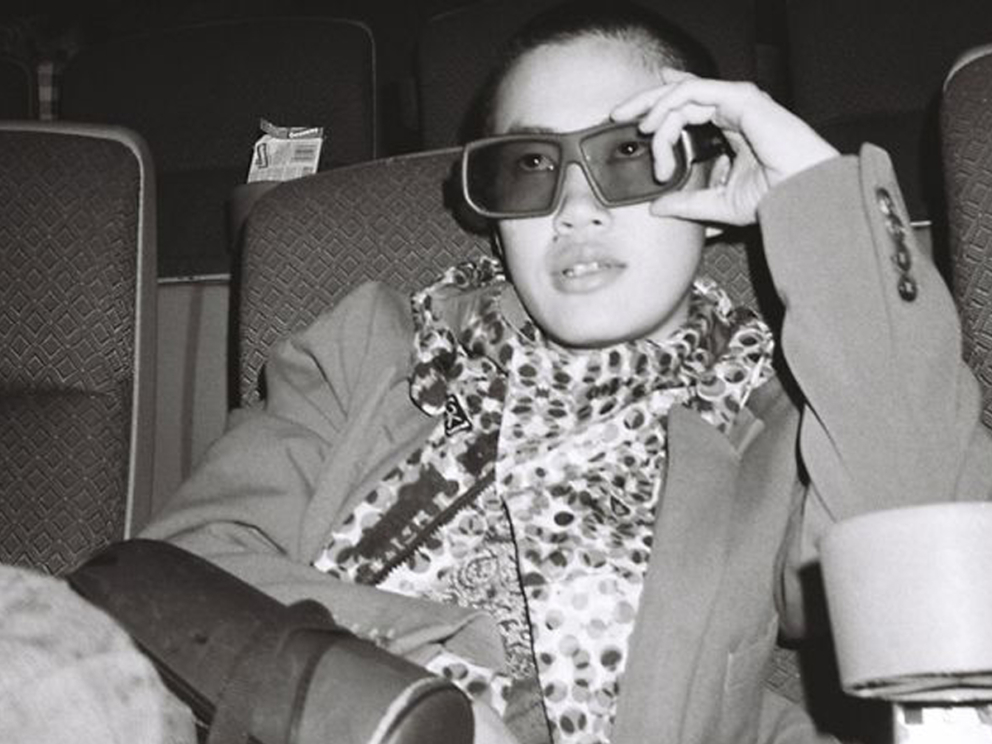
Maiko Endo
Maiko Endo was born in Helsinki and raised in Tokyo. A violinist by training, after pursuing filmmaking in New York during the 2000s, Endo directed her debut film ‘KUICHISAN’ which won the grand prize at the Jihlava International Documentary Film Festival in 2012. Her second film ‘TECHNOLOGY’ was completed in 2016. Endo’s latest mid-length ‘TOKYO TELEPATH 2020’ was an official selection of the International Film Festival Rotterdam. She currently lives in Tokyo.
-
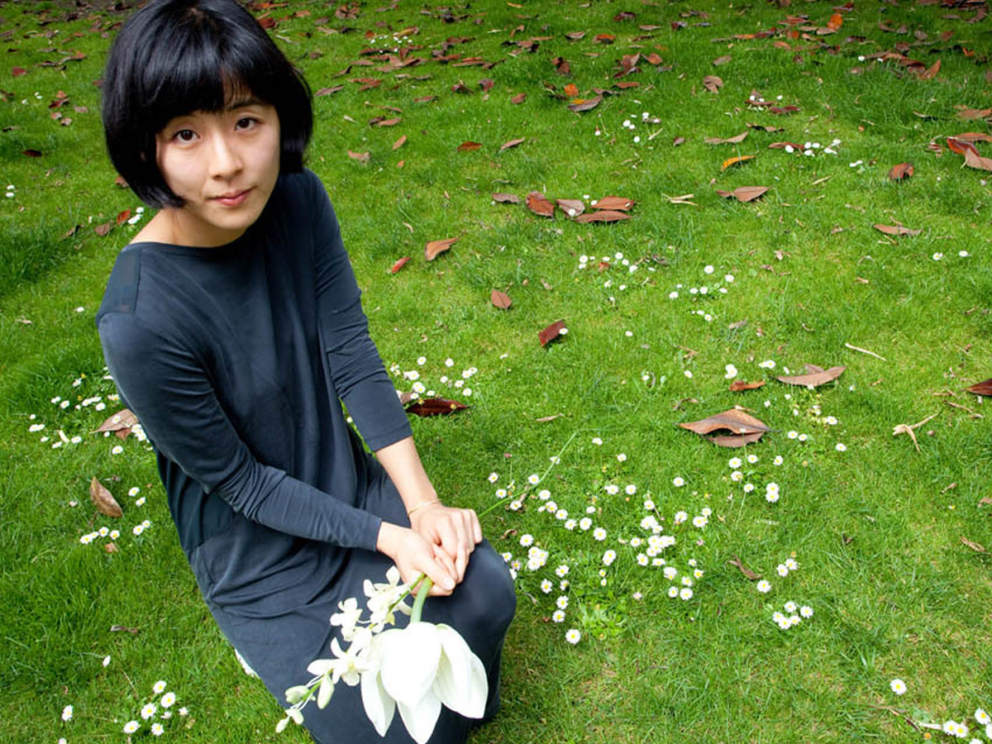
Rei Hayama
Rei Hayama began her moving image practice while studying in the Department of Moving Images and Performing Arts at Tama Art University, Tokyo. Hayama spent her childhood in a unique environment that allowed her to have frequent interactions with wildlife and environmental problems. Her films revolve around nature and all the living things that get obscured in an anthropocentric worldview. Her works have been exhibited and screened at major venues across the world, including NTT InterCommunication Center, Tokyo (2024); the Bonner Kunstverein, Germany (2022); the National Gallery of Zimbabwe, Harare (2022); Jeu de Paume, Paris (2021).
-
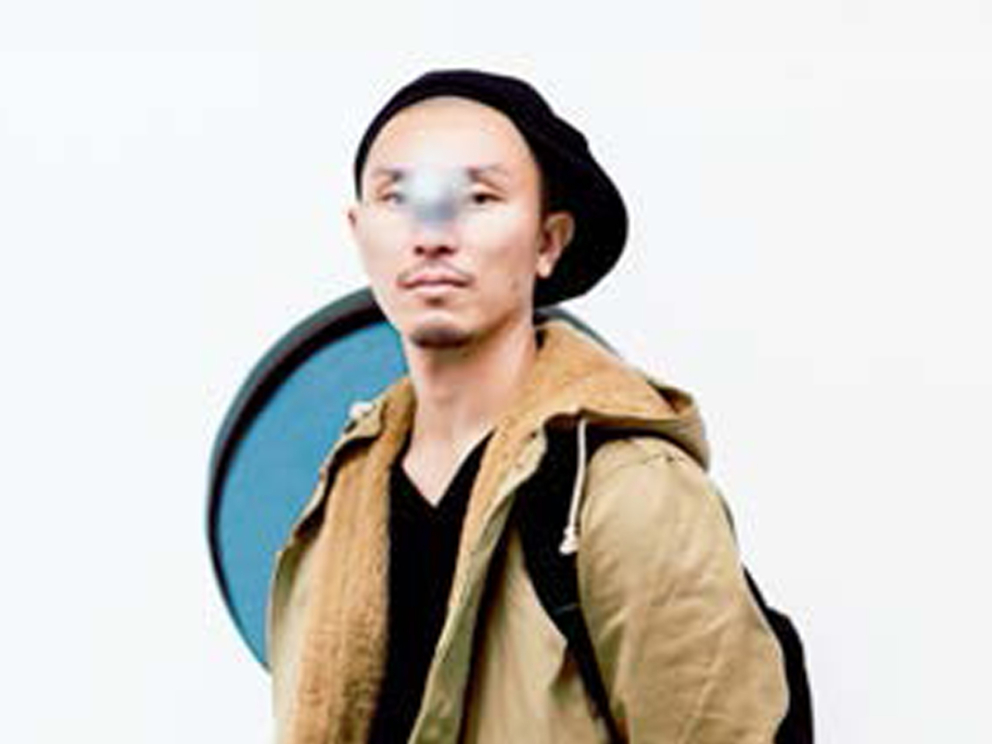
Shigeo Arikawa
Shigeo Arikawa (Tokyo, 1982) is an artist and filmmaker who lives and works in Amsterdam. During his two-year residency at Rijksakademie van beeldende kunsten in Amsterdam, starting in 2014, he produced works in different mediums, such as video, installation, and photography. In a world where uncertain information shakes people’s recognition and desires, sometimes causing errors, his works aim to question the meaning of ‘seeing’ by deliberately interrupting and agitating the human act of interpreting and giving meanings to things in front. His films have been screened at film festivals worldwide, including the International Film Festival Rotterdam, the Karlovy Vary International Film Festival, the Vancouver International Film Festival, and the Hong Kong International Film Festival.
-
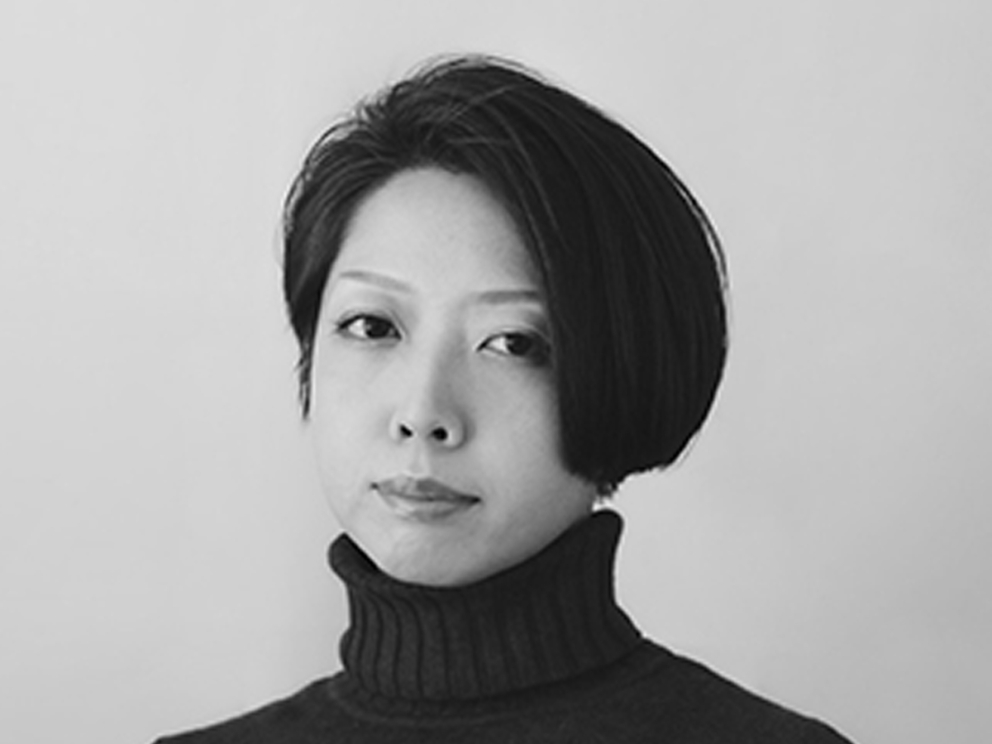
Yoriko Mizushiri
Yoriko Mizushiri is a filmmaker who creates animations with a tactile expression. In addition to presenting short films, he is also involved in the production of music videos, advertisements, and exhibition videos. Her short films have been screened and awarded at festivals in Japan and abroad, and “Anxious Body,” produced in 2021, premiered in the Directors’ Fortnight Competition at the 74th Cannes Film Festival and has won over 15 international awards.
Credits
Curatorship
Julian Ross
Partnership
Collaboration
The Calouste Gulbenkian Foundation reserves the right to collect and keep records of images, sounds and voice for the diffusion and preservation of the memory of its cultural and artistic activity. For further information, please contact us through the Information Request form.



